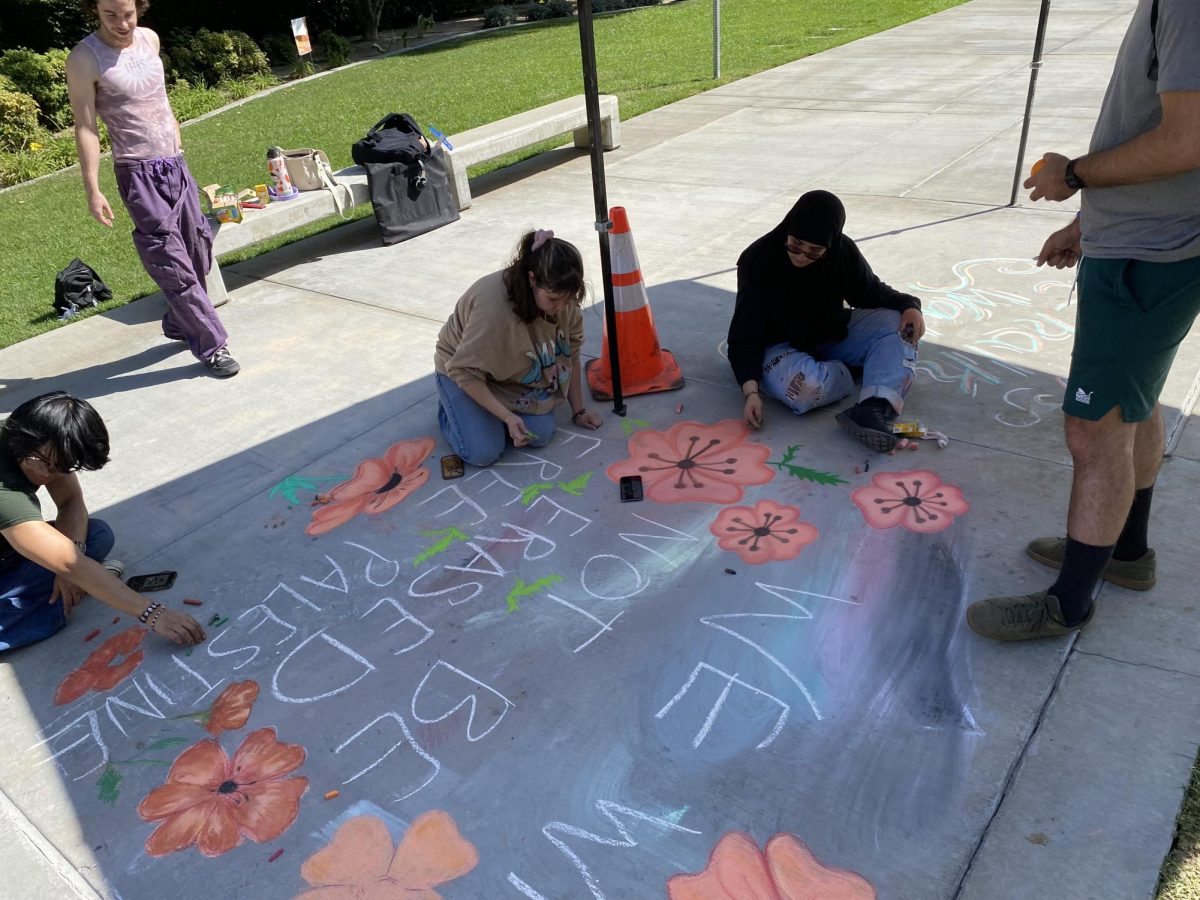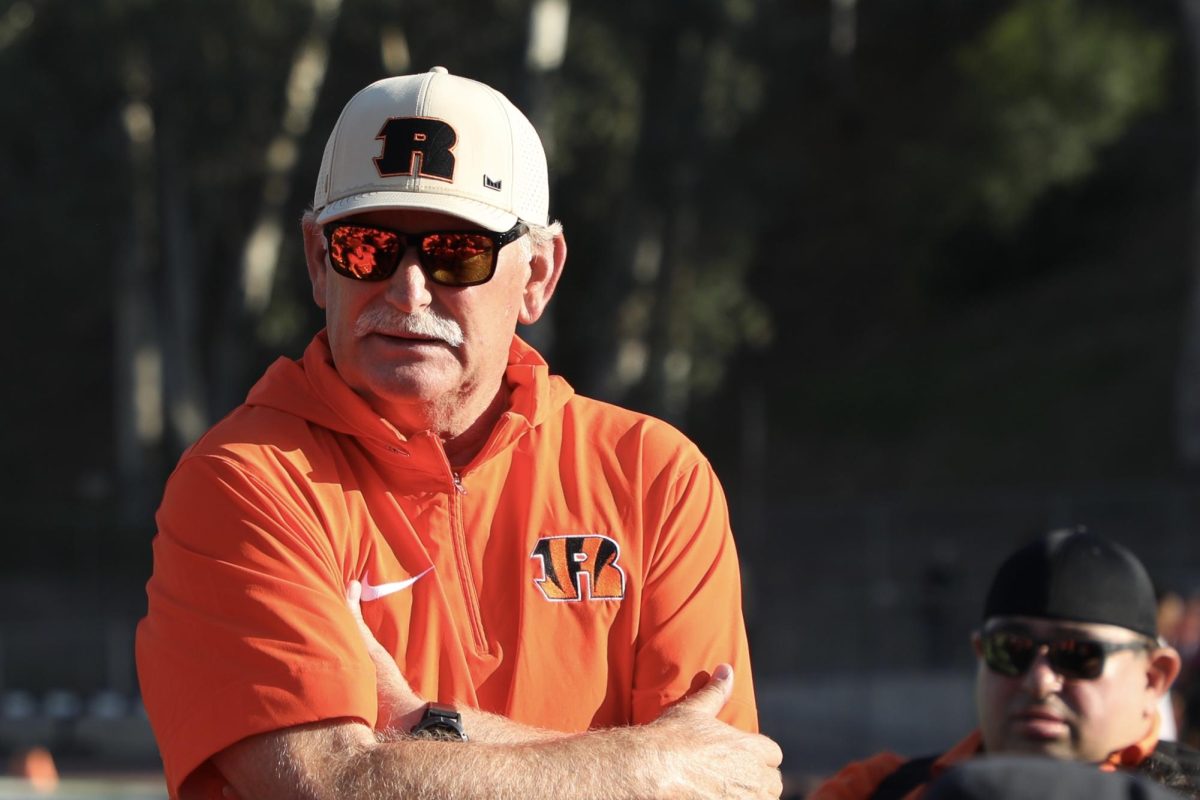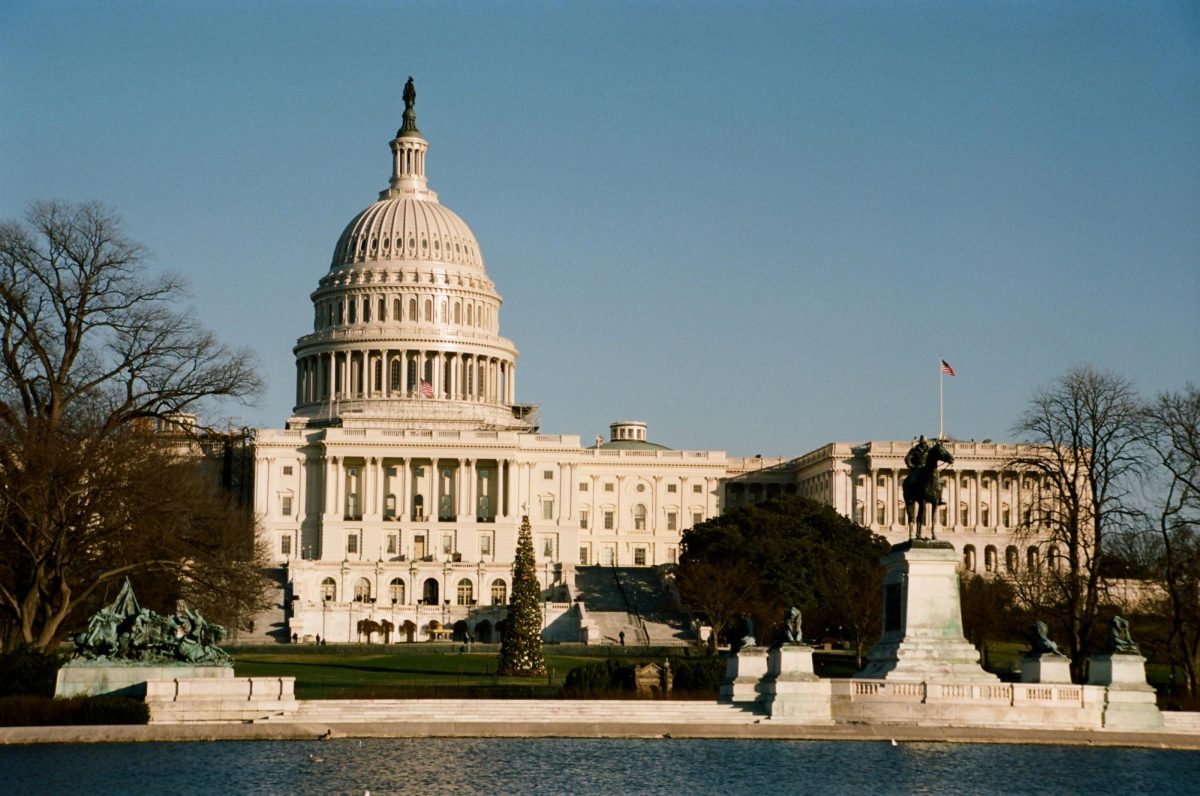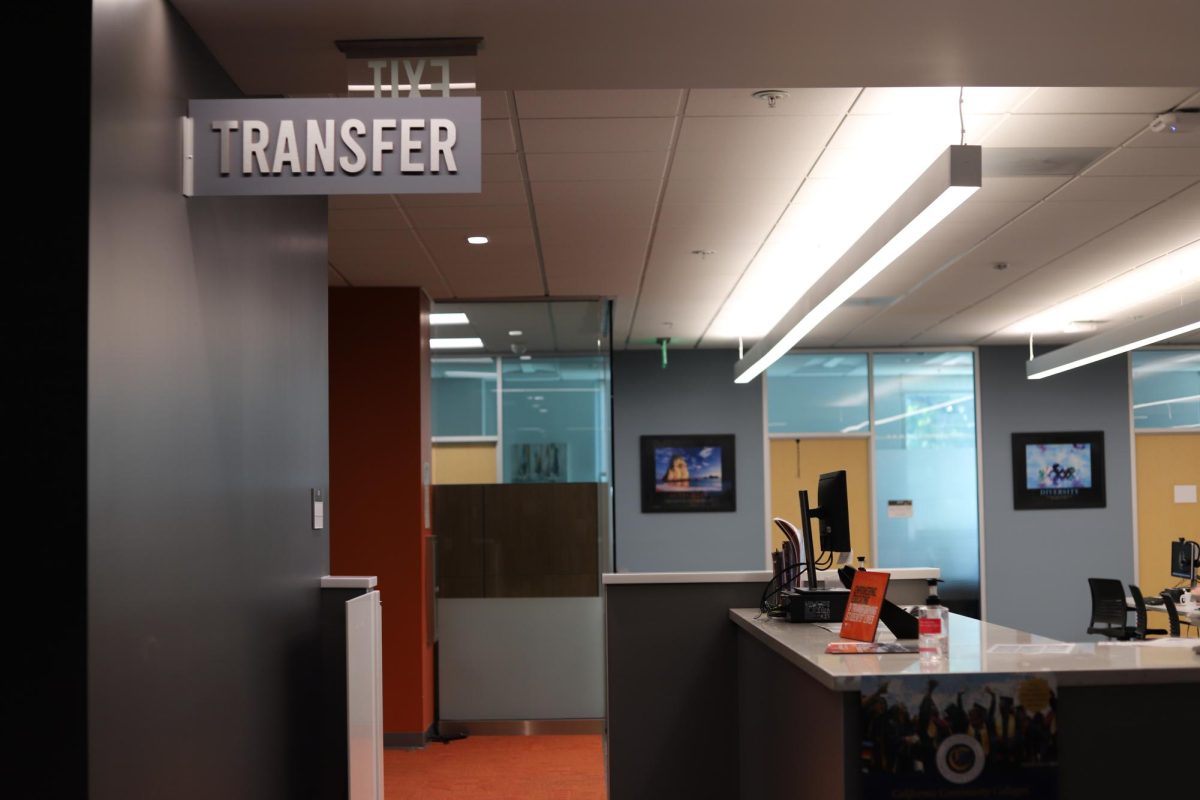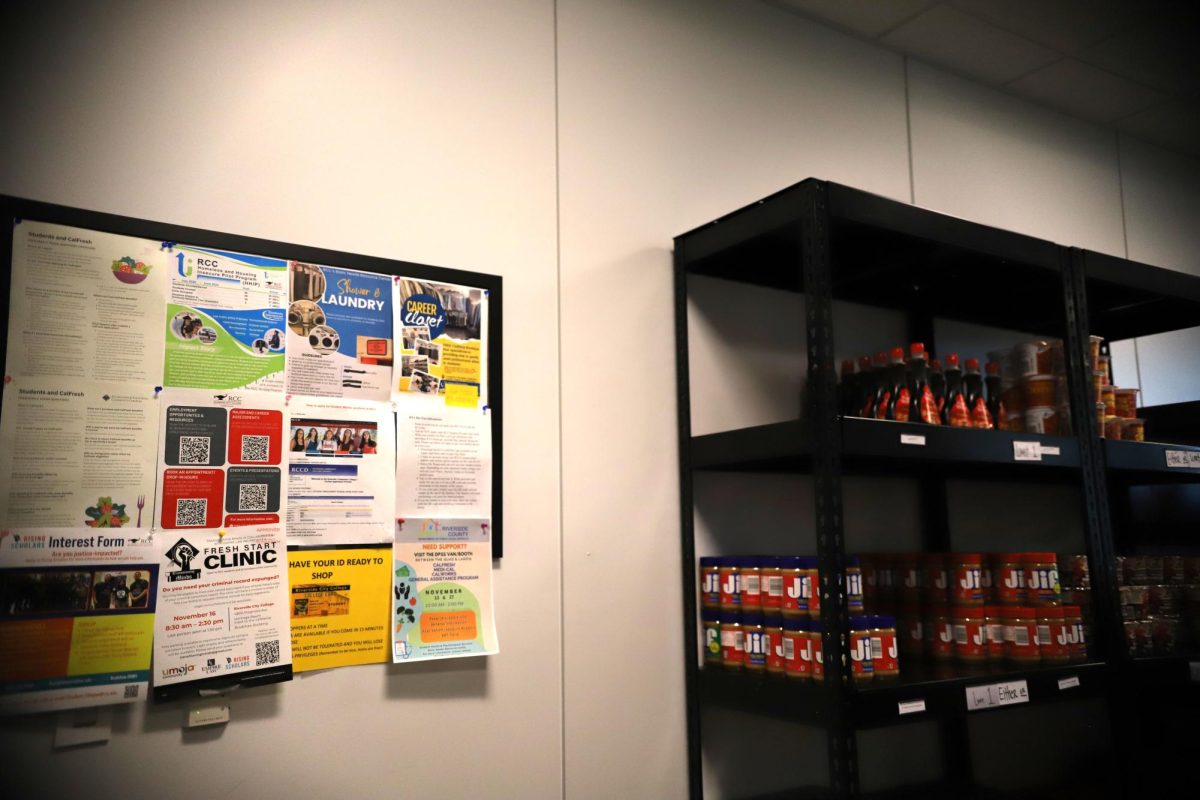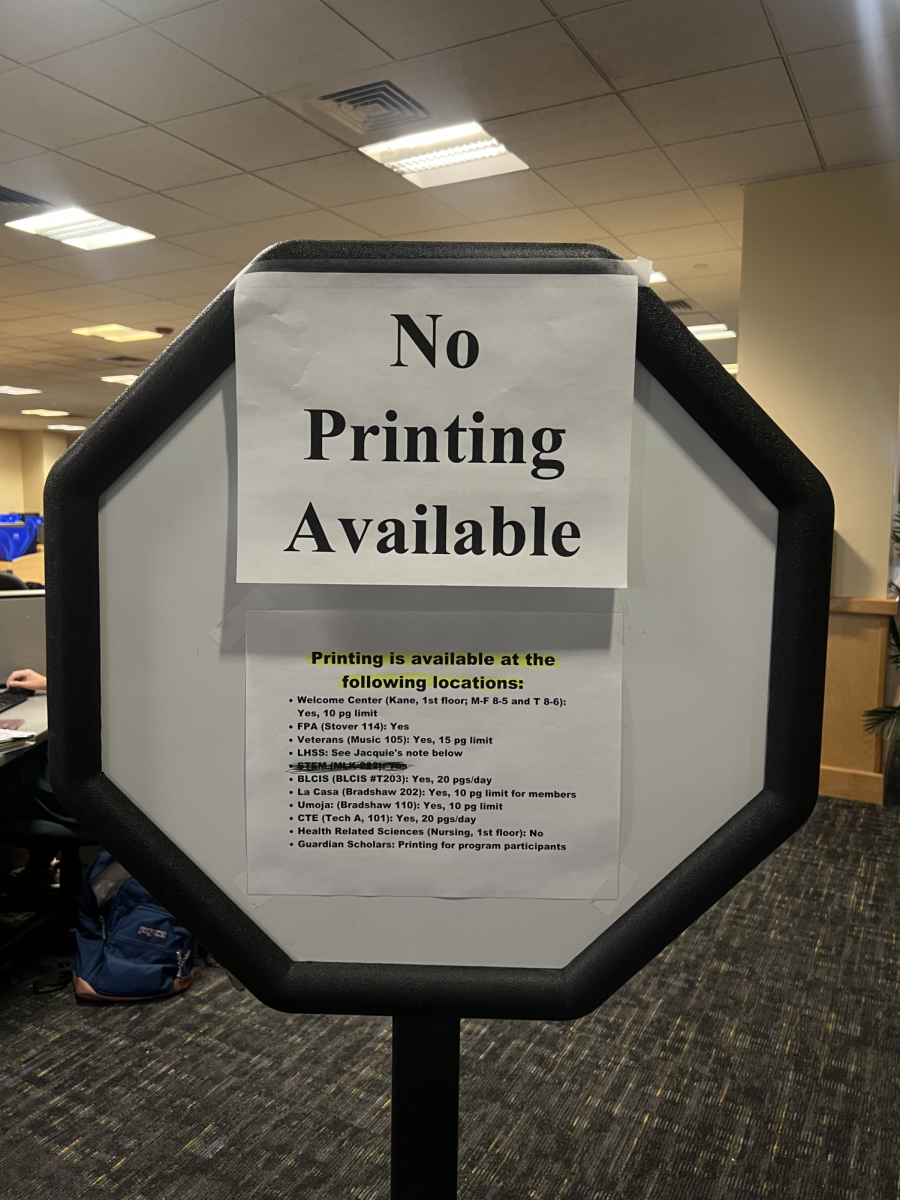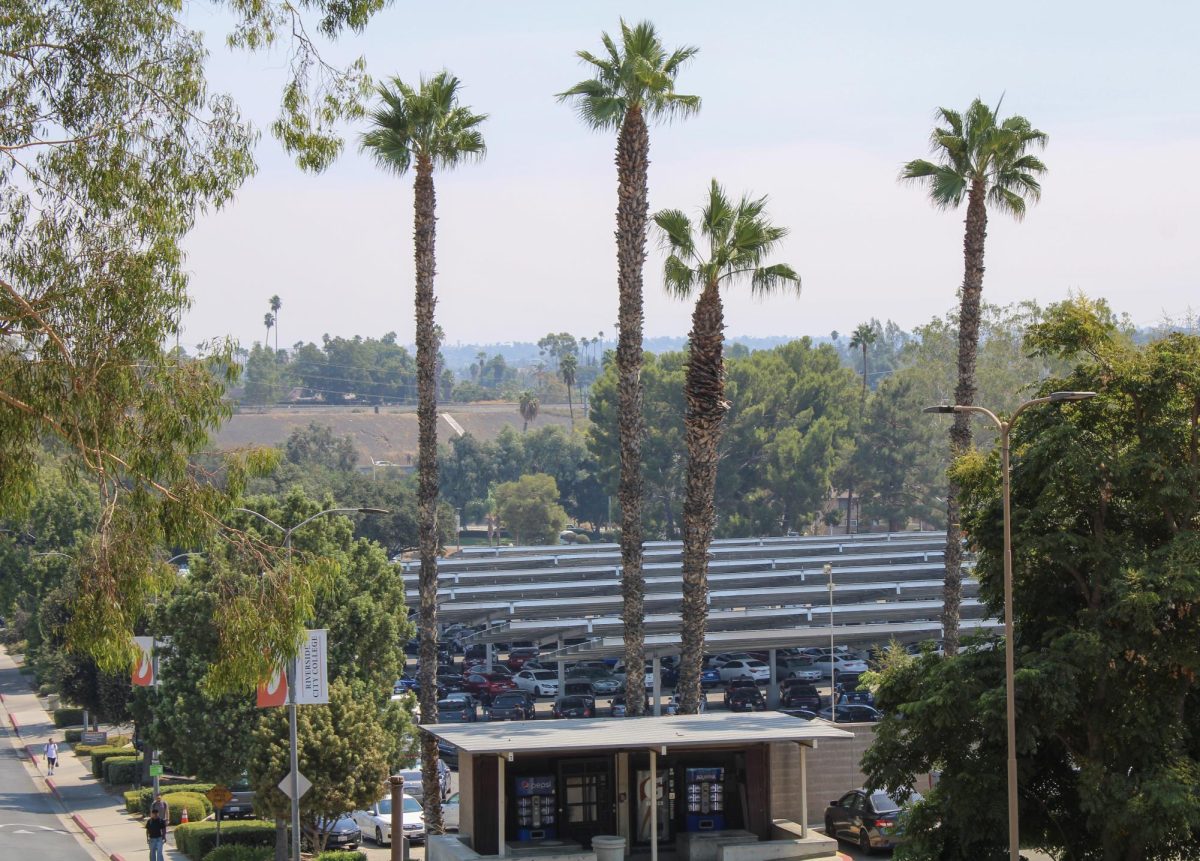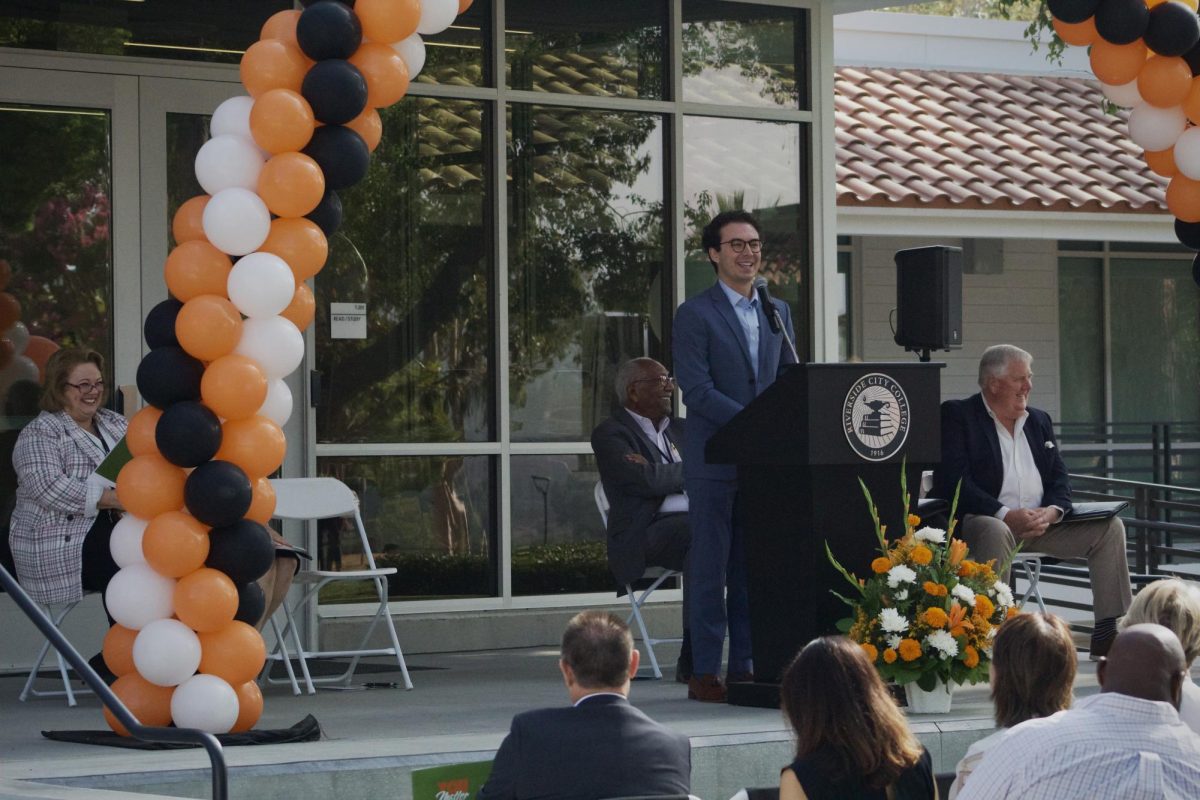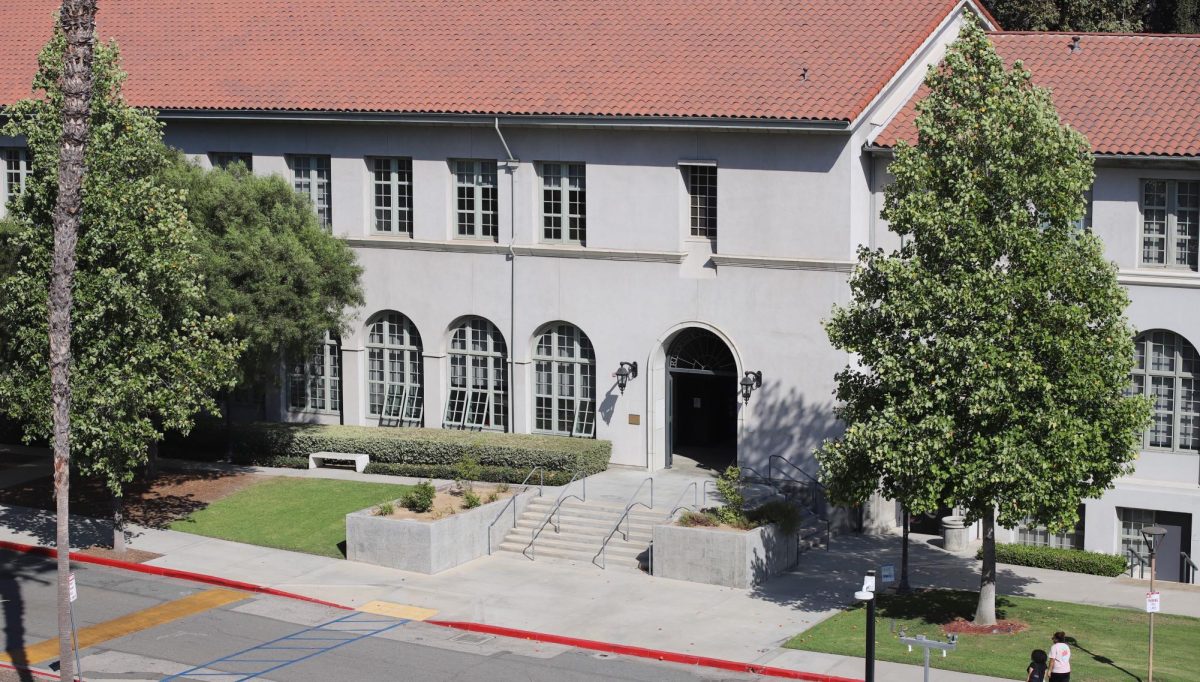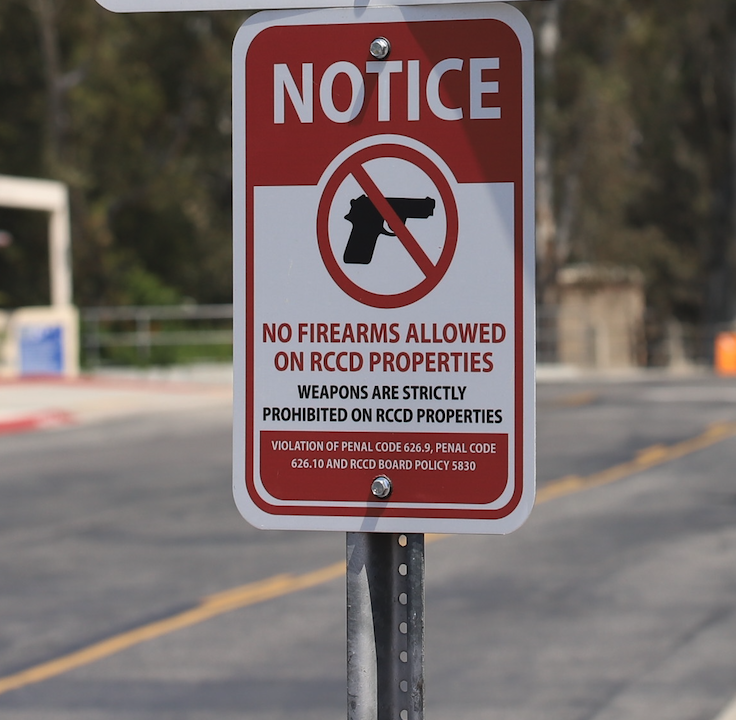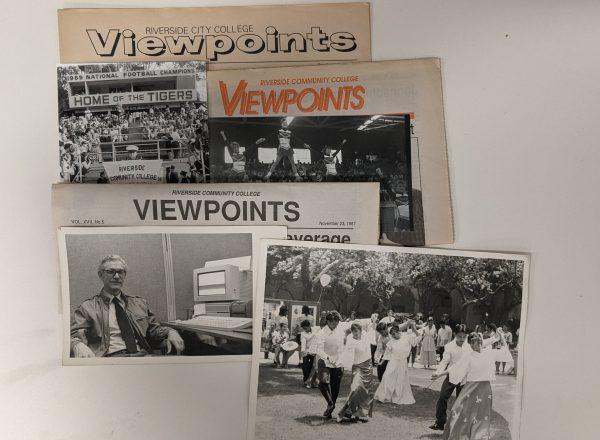
By Daniel Hernandez
This ‘Back to School’ issue officially marks the beginning of our 100th volume.
Viewpoints is honored to have informed our readers of the crucial events happening in and around our college, from the construction of the campus to the many accolades that Riverside City College has received or to the unprecedented events that have affected our community. Our reporters have been at the forefront of it all.
Our program would not be where it is today if it wasn’t for the hard work and passion that our journalists have shown throughout its existence.
That is why we wanted to celebrate this momentous occasion by showcasing some of our program’s highlights throughout our 100 volumes at the college.
Most of our research about the program can be found in a book titled “A 65 Year History,” which details the events of Riverside City College from 1916 to 1981. The author attributes the college’s many publications as one of the primary sources he used while researching for the book.
For this article, we will focus on journalism’s humble beginnings at the college until the early 1930s and will continue this series throughout the fall and spring semesters.
Although Riverside Junior College first opened its doors in September of 1916, the first student-run publication didn’t get published until 1918. The 65-page annual, or yearbook, named Kollej-Koed was made out of three sections: the literary section, which contained original works from students, a calendar giving a chronological order of the year’s events and an alumni section meant to keep track of the lives of recent graduates.
Then, in 1920, the name was changed to Tequesquite (pronounced Ta-kees-kees-ta) where students continued to produce the annual but increased production to 100 pages.
According to “A 65 Year History,” the name Tesquesquite is derived from the arroyo which was a prominent feature of the campus at the time.
For context, an arroyo is “a steep-sided gully formed by the action of fast-flowing water in an arid or semi-arid region, found chiefly in the southwestern US.”
Tequesquite is “a natural mineral containing compounds of sodium chloride, sodium carbonate, and sodium sulphate, used in Mexico since pre-Hispanic times mainly as a food seasoning.”
During this time period, there still was not an official college newspaper. However, students were provided a column in the Press Enterprise aptly named Junior College Notes. Student journalists like Florence Stone, Dorothy Dunbar and Robert Patton were regular contributors to this column.
In 1922, another student-run publication named XYZ was started. However, this publication ran bi-weekly instead of annually and thus created RCC’s first newspaper.
However, later that same year, the publication changed its name to Jay See and then once again to The Junior Colleger in the fall of 1923.
The name “The Junior Colleger” would stick around for five more years until the publication changed its name once more to “The Arroyo” on January of 1928.
Throughout this time, journalism at RCC remained as an extracurricular club until an alumnus of the college, named Robert Patton, returned as a faculty member in 1931.
A year after his arrival, a practical newspaper class was added and thus inspired a new era of journalism within the college.

